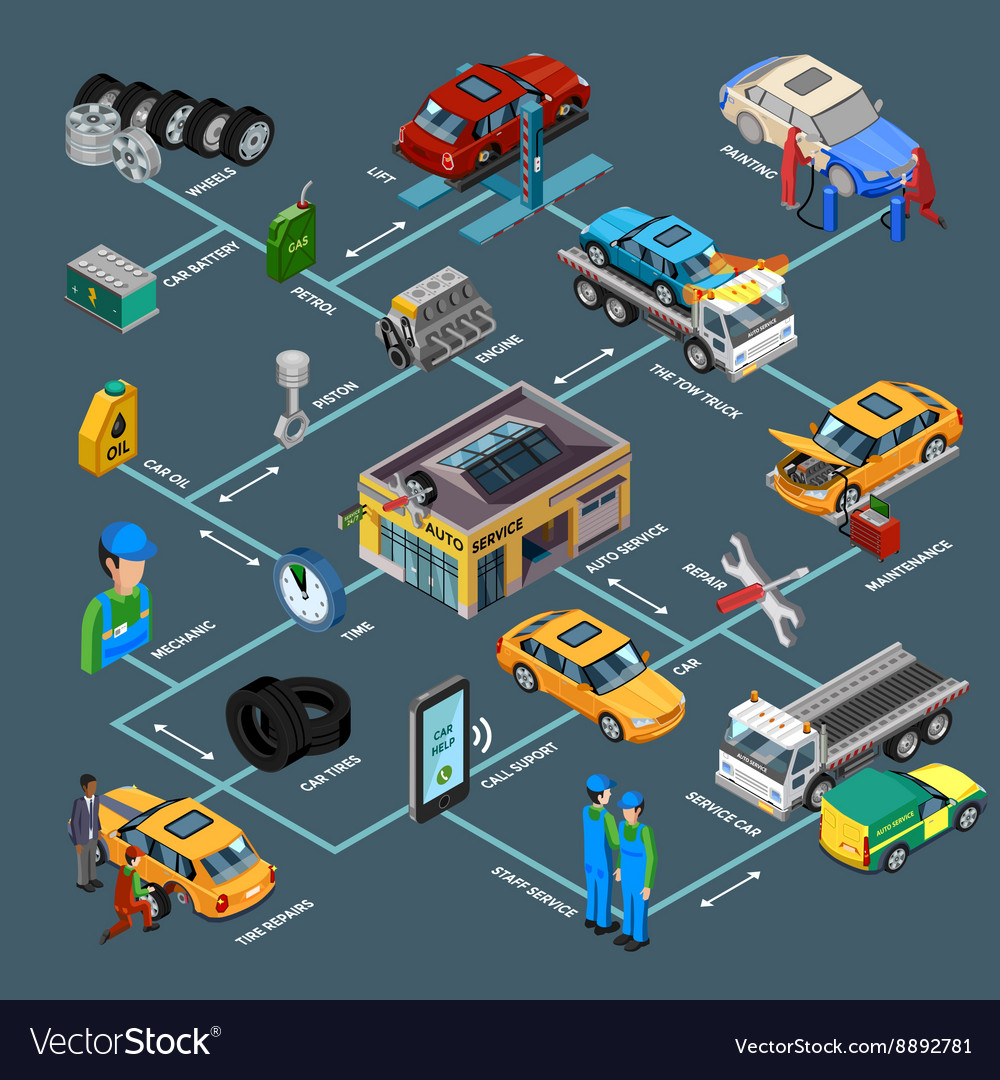Translating Your Vehicle'S Alert Lights: Their True Ramifications
Translating Your Vehicle'S Alert Lights: Their True Ramifications
Blog Article
Web Content By-Higgins Kejser
When you're behind the wheel, those glowing caution lights on your control panel can be a bit perplexing. Do you recognize what they're trying to tell you regarding your vehicle's health? Comprehending the relevance of these lights is essential for your safety and security and the long life of your automobile. So, the following time one of those lights pops up, would not you intend to decipher its message properly and take the necessary actions to resolve it?
Common Warning Lighting and Interpretations
Recognize common warning lights in your vehicle and recognize their definitions to ensure safe driving.
The most regular caution lights include the check engine light, which indicates problems with the engine or exhausts system. If this light begins, it's essential to have your automobile inspected immediately.
The oil stress advising light indicates reduced oil pressure, needing prompt focus to stop engine damages.
A blinking battery light could suggest a faulty billing system, possibly leaving you stranded otherwise addressed.
The tire stress surveillance system (TPMS) light signals you to low tire stress, affecting automobile security and gas performance. Neglecting this could lead to dangerous driving conditions.
The abdominal muscle light suggests a trouble with the anti-lock stopping system, jeopardizing your capability to stop promptly in emergency situations.
Finally, the coolant temperature cautioning light warns of engine getting too hot, which can cause extreme damage otherwise resolved swiftly.
Recognizing https://ecu-tuning-shops-near-me17384.onzeblog.com/29952143/seasonal-cars-and-truck-treatment-important-automobile-describing-tips-for-every-season will certainly aid you deal with problems quickly and keep safe driving problems.
Importance of Prompt Interest
Recognizing the common warning lights in your auto is only the initial step; the significance of promptly addressing these warnings can't be emphasized sufficient to guarantee your safety when traveling.
When a caution light brightens on your dashboard, it's your car's method of connecting a possible issue that needs interest. Overlooking these cautions can cause much more extreme problems in the future, endangering your security and potentially costing you a lot more in repairs.
Motivate attention to alerting lights can avoid break downs and accidents. For instance, a flashing check engine light might show a misfire that, if left ignored, could cause damages to the catalytic converter. Addressing please click the next web page can save you from an expensive repair service.
Similarly, Recommended Webpage cautioning light might signify reduced brake fluid or worn brake pads, important components for your security when driving.
Do It Yourself Troubleshooting Tips
If you observe a warning light on your control panel, there are a couple of DIY repairing suggestions you can attempt before looking for expert aid.
The initial step is to consult your vehicle's manual to understand what the particular caution light indicates. In some cases the issue can be as straightforward as a loosened gas cap causing the check engine light. Tightening the gas cap may solve the issue.
One more usual problem is a low battery, which can trigger various warning lights. Examining the battery links for deterioration and guaranteeing they're safe and secure may deal with the issue.
If a caution light continues, you can attempt resetting it by disconnecting the vehicle's battery for a couple of minutes and after that reconnecting it. Additionally, inspecting your vehicle's liquid levels, such as oil, coolant, and brake liquid, can help troubleshoot advising lights associated with these systems.
Verdict
To conclude, understanding your cars and truck's caution lights is essential for keeping your automobile running smoothly and securely. By quickly resolving these alerts and understanding what they imply, you can avoid pricey repairs and prospective malfunctions.
Keep in mind to consult your vehicle's handbook for certain information on each advising light and take action as necessary to ensure a trouble-free driving experience.
Stay informed, stay safe on the road!
